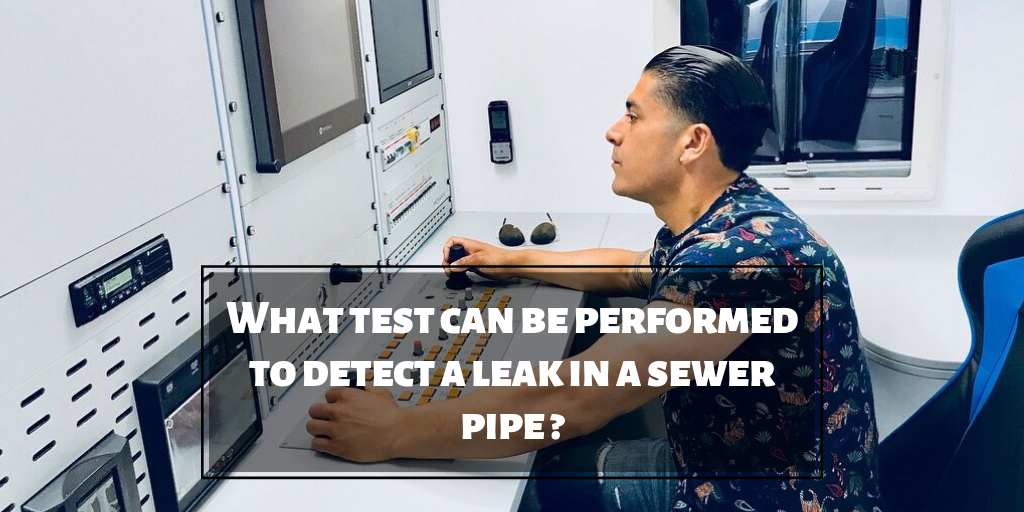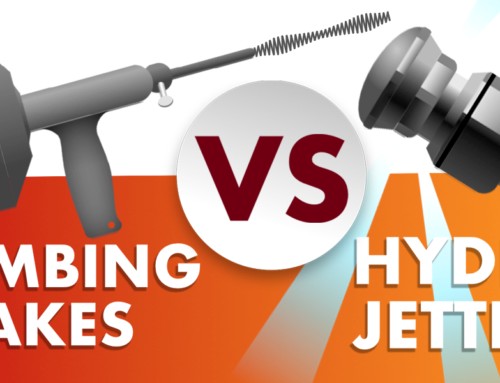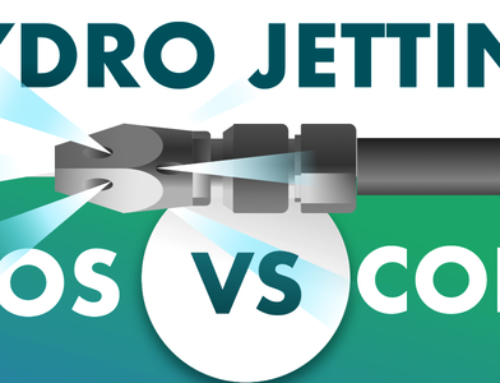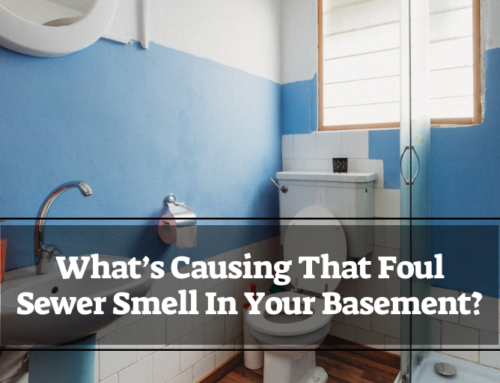Are you wondering what test can be performed to detect a leak in a sewer pipe?
If so, you’ve landed on the right page!
In this short guide, we’re going to go over…
- The symptoms of a leaking sewer pipe.
- The tests are available to detect a sewer pipe leak.
Symptoms of a leaky sewer pipe
1. The sound of trickling water
If you hear water trickling somewhere, check the toilet and make sure all the faucets are off. If everything checks out, you might have a leaky sewer pipe. Contact a professional.
2. Damaged floor
Your house contains a network of sewer pipes. If any of them spring a leak – even a small one – the water will leave the pipe and start to pool. Depending on the size of the leak you might not notice anything at first. However, eventually, the water could damage your flooring. If you notice any damp, spongy, or discolored areas on your floor, call a sewer repair contractor.
3. Bad smells
Mold and mildew easily form in the dampness created by leaking sewer pipes. Therefore, if you notice an ‘’off’’ smell in your house, this might be the reason.
4. Cracks in foundation or walls
Always take cracks in your walls or foundation very seriously. Leaking sewer lines can cause water to pool and eventually if nothing is done, sinkholes could form under your property. Call a sewer repair professional immediately.
5. Unusually healthy vegetation
Does your lawn have patches of grass that look healthier than the surrounding area? You see, we humans loathe sewage. However, plants eat it up. So, while you might have some nice looking patches of grass, wastewater is definitely not something you want pouring into your yard.
6. Rodents or insects
Rodents or insects like cockroaches can enter your home via even small fractures in your sewer line. If you’ve repeatedly called an exterminator only to see the problem return, you might want to call someone to come out and take a look at your sewer pipes.
7. Moldy walls
It doesn’t take much moisture behind a wall for mold to start forming. If you see mold, contact a professional to find the source of the leak.
8. Sluggish drains
When you fill a sink does it take a long time for the water to drain? If so, it could indicate a clogged sewer pipe. If your pipes are cast iron, rust and corrosion can build up over time and cause blockages.
9. Raw sewage
This one is a no-brainer. If you see raw sewage somewhere on your property, contact a professional immediately because you almost certainly have a serious problem with your sewer line.
Tests to detect a leaking sewer pipe
Hydrostatic Pressure Test
The purpose of the hydrostatic pressure test is to find leaks in a building’s plumbing system. Here’s how it works…
A special ball is inserted into the sewer line and then inflated so it blocks the pipe completely. (This usually means removing the toilet from the floor in order to expose the drain pipe, insert the ball, and then observe the water level.)
Water is then added to the sewer line from a faucet so that it fills the entire pipe up to ground level.
Now, the contractor will watch to see what happens to the water level. If the water level goes down, the contractor will assume that there might be a leak somewhere in the sewer line.
The next step is a CCTV video sewer inspection along with static leak isolation testing.
The CCTV video inspection camera enters the pipe to make sure the ball is indeed blocking the water. If it is, the water test is conducted once more to rule out air pockets. (Air pockets can form during the process of filling the pipe with water. Air takes up volume. So, when it finally escapes, the water will flow into that space and cause the water level to drop.) If the water continues to drop, there you can detect a leak somewhere.
The next step in detecting a leak in a sewer pipe is static leak isolation testing…
Static Leak Isolation Testing
Static leak isolation testing is simply the above process (hydrostatic pressure testing along with a video camera inspection) repeated on various isolated sections of your building’s sewer line to find the location of the leaks.
One important thing to remember…
If you think there’s a leak in your sewer line, you need to have a qualified sewer repair contractor come out and conduct a leak test. A CCTV sewer camera inspection by itself cannot determine if you have a leak in your sewer line. The contractor must perform the hydrostatic pressure test.
Solutions for a leaking sewer pipe
If the contractor finds a leak, your options for repairing it include…
Structural pipe lining (also called cured-in-place-pipe lining or CIPP)
Structural pipe lining is a minimally invasive trenchless technique for repairing a damaged sewer pipe by creating a new pipe within the old one. A felt liner is soaked in a special epoxy and then inserted into the pipe and left to cure for a few hours. When it’s removed the pipe is as good as new.
Pipe bursting
The damaged pipe needs to have a certain amount of structural integrity for pipe lining. In other words, you need a leaking sewer pipe that’s capable of being lined. If your pipe is partially collapsed, for example, it won’t work. Pipe bursting is a trenchless technique that actually replaces the damaged pipe by pulling a brand new one into it.
Spray lining
Spray lining involves spraying the interior of the damaged and leaking sewer pipe with a flexible polymer resin.
We’re Sewer Pros, a licensed and insured sewer repair and replacement contractor serving both Los Angeles and Orange County. We specialize in trenchless methods including pipe lining, pipe bursting, and spray lining. Contact us today by calling (310) 208-0525 and find out how we can save you both time and money!








Leave A Comment